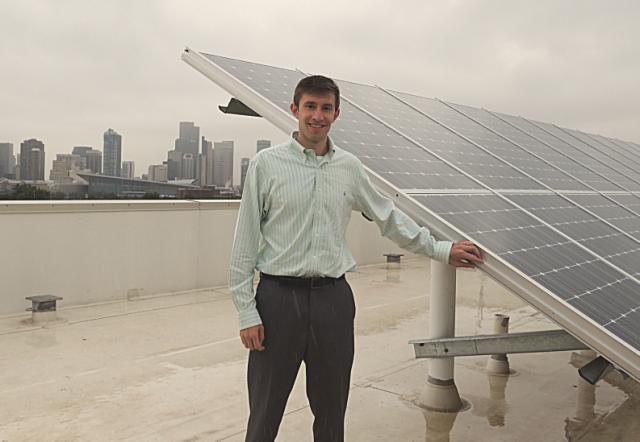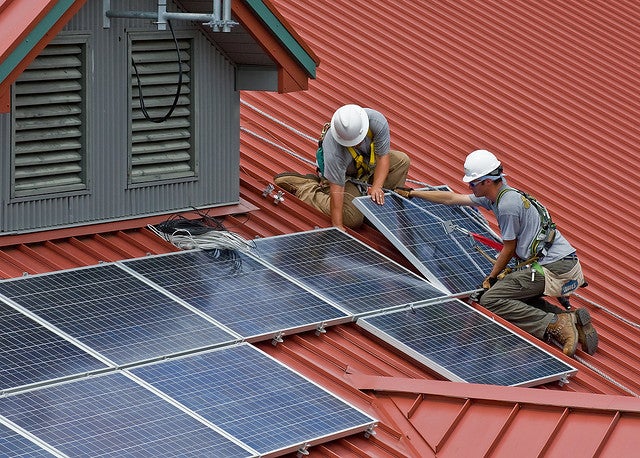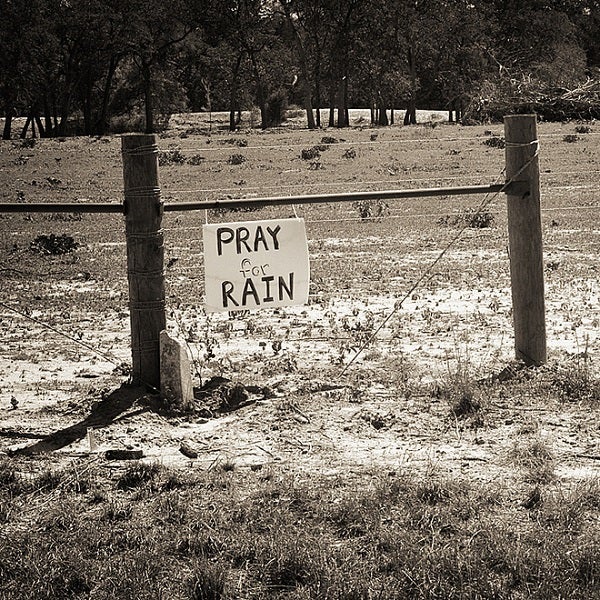Last month, twelve major corporations announced a combined goal of buying 8.4 million megawatt hours of renewable energy each year, and called for market changes to make these large-scale purchases possible. Their commitment shows that demand for renewables has reached the big time.
We’re proud that eight of the twelve are EDF Climate Corps host organizations: Bloomberg, Facebook, General Motors, Hewlett Packard, Proctor & Gamble, REI, Sprint and Walmart. The coalition, brought together by the World Wildlife Fund and World Resources Institute, is demanding enough renewable energy to power 800,000 homes a year. And while it’s great to see these big names in the headlines, they’re not alone in calling for clean energy: 60 percent of the largest U.S. businesses have set public goals to increase their use of renewables, cut carbon pollution or both. Read More















